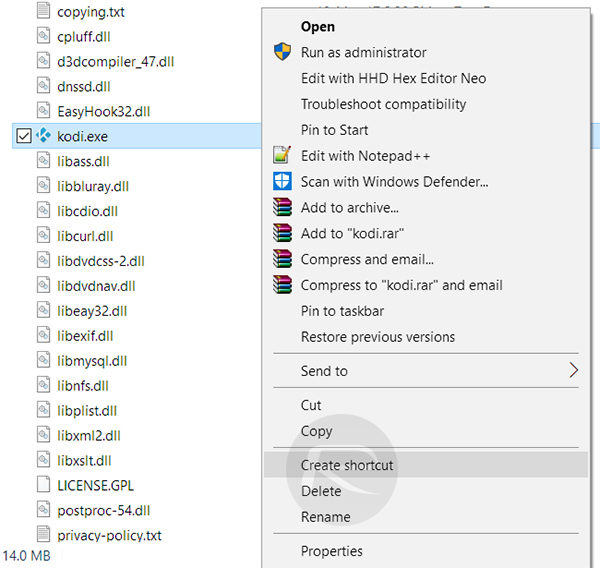
Choose the first option: Quick Install of OpenELEC and when prompted to Enable SSH Server on start choose Yes. Once you’ve got it to boot from the USB thumbdrive you’ll be presented with the OpenELEC installation menu.

On my NUC I need to go into the BIOS for this and to get into the BIOS I repeatedly press the F2 key when it’s booting. You need to boot the Kodi machine from the USB thumbdrive. Once it’s finished building the USB thumbdrive remove it and insert the thumbdrive into the machine you’ll use for Kodi. You MUST make sure you choose the correct drive letter for your USB thumbdrive! On my machine it’s D so I’d enter D: as shown on that screen and then press. It should show a screen similar to this:Īs it says, the thumbdrive will be wiped during this process. Next, insert a blank USB thumbdrive into your desktop computer and double-click the create_install.bat file. The file we’re interested in is called create_installstick.bat

tar file and once it has extracted you’ll see a bunch of files. Once you’ve installed 7-zip we can now extract the downloaded OpenELEC. tar files and this software can be downloaded from. Firstly we want to download the latest version of the OpenELEC software from For my NUC I’d download the latest 64bit non-diskimage version.

I do this bit using my main Windows desktop. There are only a handful of steps: Download and uncompress the latest version of OpenELEC Installing OpenELEC is really quite straight forward once you know how.


 0 kommentar(er)
0 kommentar(er)
